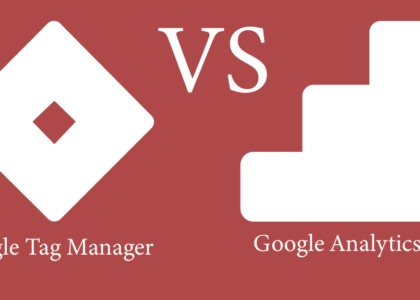Despite more and more states legalizing both medical and recreational cannabis, marketing is still a challenge. The federal government still considers cannabis a “Schedule 1” drug, which prevents national media outlets from running cannabis focused ads and means legal states have to set their own laws. Navigating this landscape isn’t easy, so we’ve put together 5 ways to market cannabis in 2022.
1. Use CBD to Reach Audiences
Since 2018, Cannabidiol (CBD) has been legal at a federal level, with THC levels of 0.3% or below. In each of the 50 U.S. states, CBD is now legal and has seen an explosion in popularity, particularly for people who need pain/anxiety relief but don’t want the effects of THC. So it’s legal, people like it and isn’t a psychoactive compound, makes marketing CBD pretty straightforward doesn’t it? The answer is yes and no.
While it’s legal in every state, the FDA still maintains warnings that the effects of CBD are unproven at this point and marketing in any form should not contain such curative language. Because of this, Google, Reddit, Amazon, Twitter, Twitch and other platforms restrict or prohibit CBD ads in any form.
However, Facebook does allow CBD ads for topical treatment, if they’re related to medical assistance but cannot feature the product itself. Even though Facebook’s ad policies does not specifically list cannabis or CBD as prohibited, they are most likely under the umbrella of “Unsafe Substances” which are determined at Facebook’s discretion.
Even though CBD might not be the cornerstone of your cannabusiness, it will help get people in the door and see what else is available for purchase. Raising awareness of your brand is just as important, if not more so than what you actually sell and leveraging CBD is a fantastic tool to do just that.
2. Capture Leads for Email Lists
One of the best ways to market cannabis is through email. Because you’re sending through a private channel, you can advertise fairly freely about your brand and products. You can offer promotions, link back to your site and target a very specific audience. This is why many brands focus heavily on email marketing rather than paid or social media. They’re also relatively cheap and easy to automate. For the most part too, email clients are lenient on most content being sent out. However, be aware of the terms and policies of the client you choose.
To gather these emails for ads, you have to capture them somehow, which can be managed in a variety of ways:
- During product purchase: Requiring an email to complete checkout allows you to send tracking information to customers but also can encourage retention through promotional emails
- In person: Have a signup sheet handy whenever you host an event or have new customers enter the store
- Newsletter subscriptions: Encourage customers to stay up to date with your business and also receive industry updates, cannabis related articles, and promotions
Capturing genuine emails from customers also helps keep your emails out of spam folders. Purchased lists are an easy way to have your emails missed and possibly even have the account shut down for sending unwanted spam.
3. Promote the Business, not Cannabis
While most cannabusinesses sell flower and other cannabis products, not all of them are about the plant itself. If you’re a manufacturer of equipment or sell fertilizer, etc. you can advertise these broadly applicable products without mentioning the word cannabis or CBD. Provided you have the right keywords, businesses who need your products will be searching for what you sell.
If this doesn’t apply to you and you can’t run paid ads on Google and other platforms, there are no rules against listing your business on Google, Yelp and other directories. This not only helps with SEO but also aids in indexing and if you have proper keywords setup on your site, your site could start appearing high in search results, just like a paid ad would.
4. Advertise on Cannabis Friendly Networks
Google’s ad network is not the only way to have your ads seen across the web, whether for cannabis related products or otherwise. Thanks to Google’s hard no on advertising cannabis, a number of other ad networks have appeared that are specifically to market cannabis. These platforms do the work for you and ensure you can have your ads legally shown. They can’t help with search ads, but you can place display, native, video and retargeting ad campaigns, which can be invaluable in a saturated market.
We recommend Mantis for our clients, but there are lots of other options available.
5. Billboards
They may be traditional and an old way of advertising, but for cannabis and CBD, they’re a great alternative to digital channels. Visit any neighborhood where cannabis is legal and you will more than likely see a billboard for cannabis. Despite being physically located in legal markets, there are still regulatory hoops to jump through.
In California for example, you will need to prove that at least 71.6% of the audience that are exposed to the ad, are over 21 years old. Other states, like Colorado only require 30% to be over 21. Not only does this show that states have incredibly different views about how visible cannabis should be, but the lack of federal regulation makes physical advertising difficult. Some states are even considering a ban on cannabis billboards but nothing has been passed as of yet.
We recommend checking with your local government and the company that owns the billboard for requirements and compliance policies, but it’s well worth the hassle.
Have you had success on how to market cannabis? Let us know in the comments or contact us! We’d love to hear from you.





